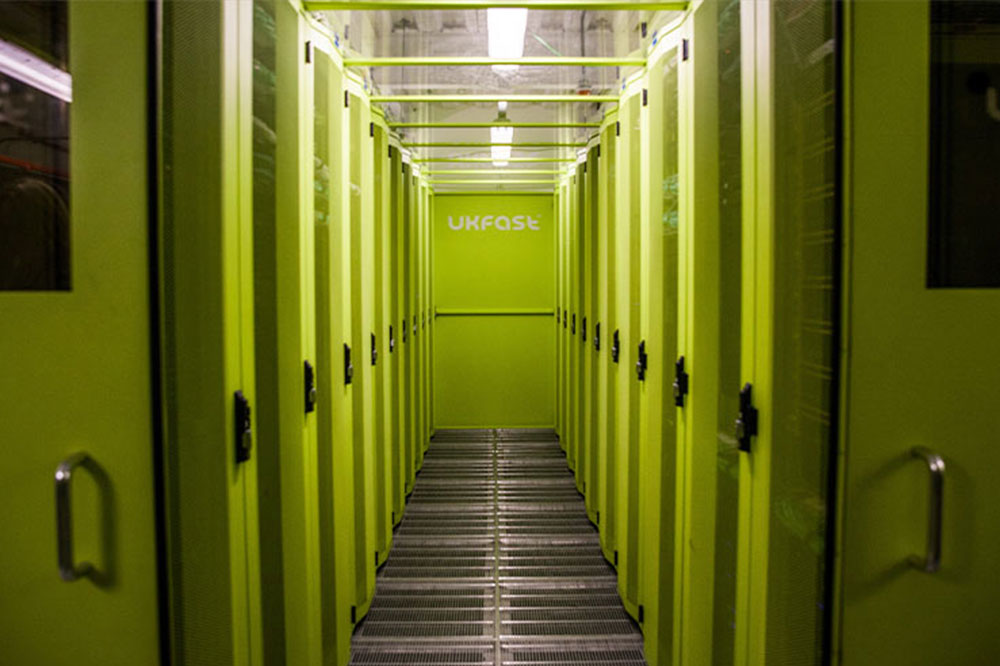Jordan O’Brien talks to UKFast CTO Neil Lathwood to find out what went into the design phase of its data centres to become carbon neutral.
With climate change at the top of the agenda, it’s important that the data centre industry do their part to help lower emissions. UKFast is one company that has gone further than most others, with it being the first carbon neutral hosting company in the UK.
Neil Lathwood has been with UKFast for more than 18 years, and he’s now responsible for the technology strategy of the company. It’s his job to continue pushing forward UKFast’s commitment to carbon neutrality.
Since 2010, UKFast has been carbon neutral. What led to the decision to pursue 100% carbon neutrality?
We first started owning and operating our own data centres in 2010. It was a goal of ours from the very beginning to be carbon neutral. As a business we’ve always felt it was incredibly important to take a responsible and proactive approach to energy usage and take steps to reduce our carbon footprint wherever possible.
What design decisions have you had to make inside your data centres to ensure 100% carbon neutrality?
We design and build our data centres to be efficient but also resilient. We employ segregation in our data centres between hot and cold aisles, meaning we only cool the servers themselves, rather than the entire facility. This offers a 30% saving on energy compared to some data centres. Energy efficient cooling solutions and UPS systems also help to keep our emissions as low as they can be.
Will UKFast be making any design changes to their data centres in the future to minimise their carbon emission output?
The design of our data centres is continually evolving, from adding adiabatic cooling systems to reduce energy use, to regularly servicing and overhauling the power and cooling equipment. We employ our own in-house facilities management team which is tasked with constantly keeping our equipment in the best of health.
At the moment, offsetting is a common way to become carbon neutral, but do you think there’s more the data centre industry can do to reduce their carbon emissions, rather than simply offsetting?
UKFast buys energy from renewable sources and whilst this is more expensive, it proves a commitment to the environment. We also achieved CCA accreditation from techUK for the energy efficiency of our data centres. The CCA requires us to continually monitor our efficiency levels and gives us targets for reducing energy consumption each year.
We further reduce carbon emissions by offering our customers highly efficient cloud and hosting platforms. Thousands of solid state devices minimise energy usage, compared to legacy spinning disc drives. As each new data centre comes online we look to employ the latest technology to virtualise hardware components and reduce power usage and cooling.
What future technologies would you like to see become more common in the data centre market to help reduce energy usage (liquid cooling, for example)?
The data centre market pushes the engineering boundaries on energy-efficient power and cooling solutions. We’re excited to see the development of on-chip cooling, which potentially offers huge advantages.
There is a challenge for the hardware manufacturer to do the same and produce much more efficient systems. The most inefficient element in the data centre environment is generally the compute equipment.
What specifically makes MaNOC 8 your greenest data centre yet, and is there anything you learnt through the design and construction of this data centre?
MaNOC8 is our latest innovation in data centres. We have maximised cooling capacities and airflow to gain greater efficiencies from the space.
We employ Modular UPS systems in MaNOC 8, so we only turn on what we need and reduce the physical footprint of power systems. We have monitoring across all systems to accurately measure and predict load profiles, so we don’t overcool or oversupply. We learned that by using our in-house design and construction teams we could save hugely on capital expenditure and deliver on our specific business needs and change requirements, rather than relying on off-the-peg solutions.

